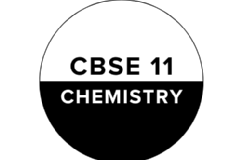This energy-focused course begins with practical demonstrations of the first law through calorimetry experiments. Students learn to construct and interpret Hess's law cycles through step-by-step graphical approaches. Spontaneity predictions are made accessible through real-life examples like ice melting. The equilibrium module introduces dynamic balance through visual simulations of reversible reactions. Le Chatelier's principle is demonstrated through color-changing equilibrium experiments. We develop shortcut methods for solving cubic equilibrium equations frequently encountered in JEE. The ionic equilibrium section builds pH calculation skills through progressive worksheets. Buffer mechanisms are explained through blood chemistry case studies. Solubility product principles are taught using precipitation reaction experiments. Special emphasis is placed on interpreting titration curves through graphical analysis. The course includes biweekly problem-solving marathons that combine thermodynamic principles with equilibrium applications. Students receive customized feedback on their solving approaches through detailed solution analysis. Practical laboratory sessions reinforce theoretical concepts with hands-on experience in measuring enthalpy changes.






